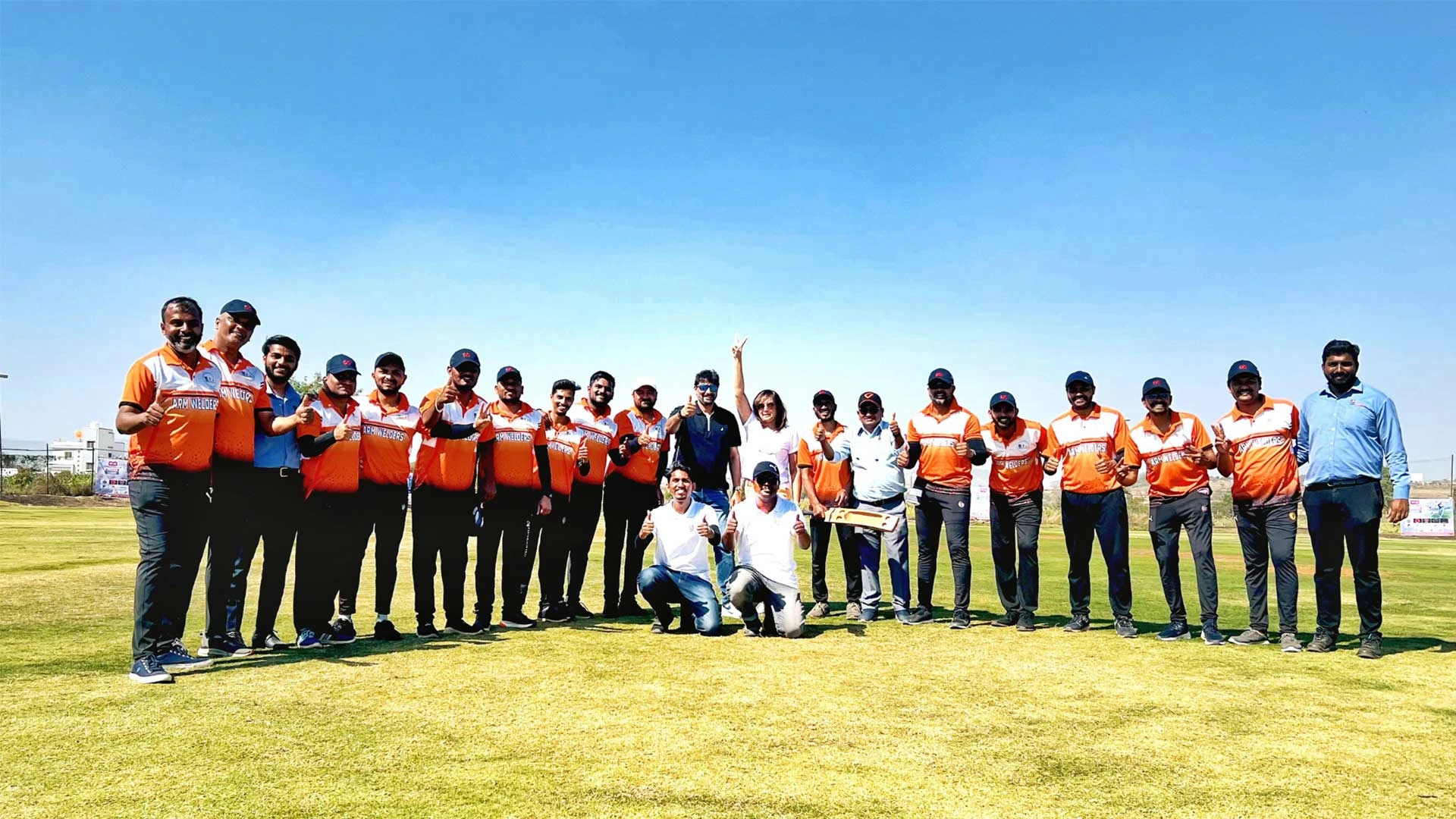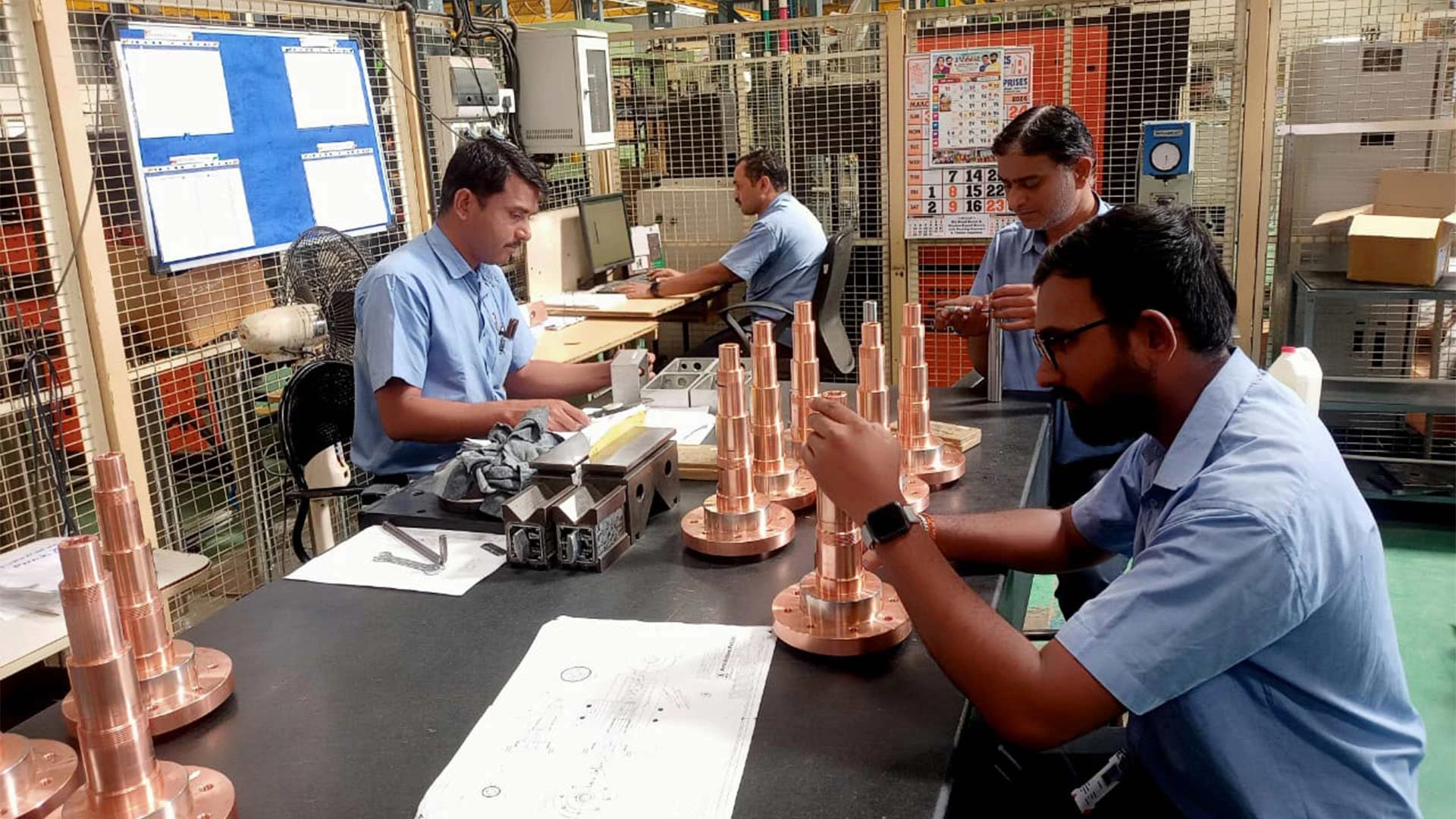Welcome to Arm Welders, leaders in spot-welding technology and robotic automation solutions. Arm Welders pioneers technical innovation across diverse industries to serve customers all over the world.
We are at the forefront of cutting-edge technology and unparalleled expertise in welding and robotic automation.
With a rich legacy spanning over 45 years, we stand tall with an unwavering commitment to excellence.
Our brilliant track record has garnered international reputation making us a go-to choice by clients globally.
From inception to execution, our comprehensive approach ensures efficiency and unparalleled results.
Our commitment extends beyond innovation, we offer 24/7 customer care and support across borders.
We are a leading welding company specializing in crafting and designing automation solutions.
Arm Welders product range has been approved for use by large automotive OEMs in both domestic and international markets.The endorsement by these prestigious automotive OEMs solidifies Arm Welders' position as a trusted leader in the industry, reinforcing our commitment to excellence and innovation in resistance welding technology
Showcasing key achievements and success markers that define our trajectory of excellence. Dive into a quick overview of our notable performance metrics, reflecting our commitment to innovation, quality, and growth.
Years In the Industry
Major Projects Executed in 2023
Countries Exported to
Sq.Ft (Manufacturing Space)






Combining our spot welding mastery with cutting-edge technology, we lead the industry in robotic automation solutions, setting new standards of excellence.
Offering unparalleled versatility to meet the demands of various industries.
Our bespoke approach is finely tuned to your specific needs.
Effortless assimilation without disruption to operations.
Empowering businesses to meet and exceed milestones.
Get our latest updates